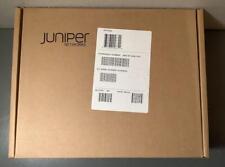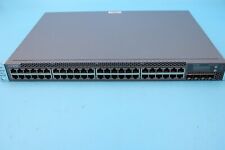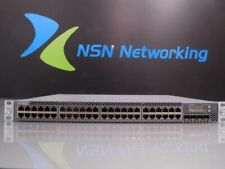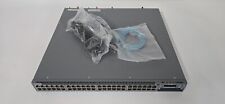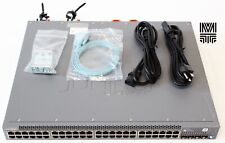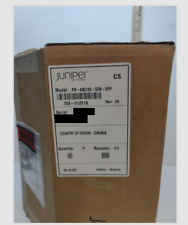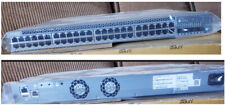
Juniper Networks 740-061405 JNP-QSFP-100G-SR4 OM3 QSFP28 100GE 850nm100m 1PCS
$150.00
Factory new Sealed SRX-GP-16GE-PoE Juniper Networks expansion module
$79.00
Juniper Networks EX3300-48P 48-Port PoE+ 4x SFP+ Network Switch w/ Power Cord
$43.95
Juniper Networks EX3300 EX3300-48P 48-Port Gigabit PoE+ Switch
$40.10
Juniper Networks EX4300-48T 48 Port Gigabit 4 QSFP 40G 2xPSU AFO Network Switch
$89.00
JUNIPER EX3400-48P 48x 1GB PoE+ RJ-45 4x 10GB SFP+ 2x 40GB QSFP+, DUAL AC POWER
$210.00
Juniper QFX5100-48S-3AFO Switch 48 x 10Gb SFP+, 6x QSFP 40GE, Dual AC Power
$499.00
Juniper Networks EX2300 -24P 24 Port Gigabit PoE Network Switch
$149.00
Juniper PD-4OC192-SON-XFP 710-013264 Four line-rate OC-192c/ STM-64 IPUIA01MTA
$675.00
New Factory Sealed Juniper EX2300-48P Networks 48-Port Managed Ethernet Sealed
$499.00


